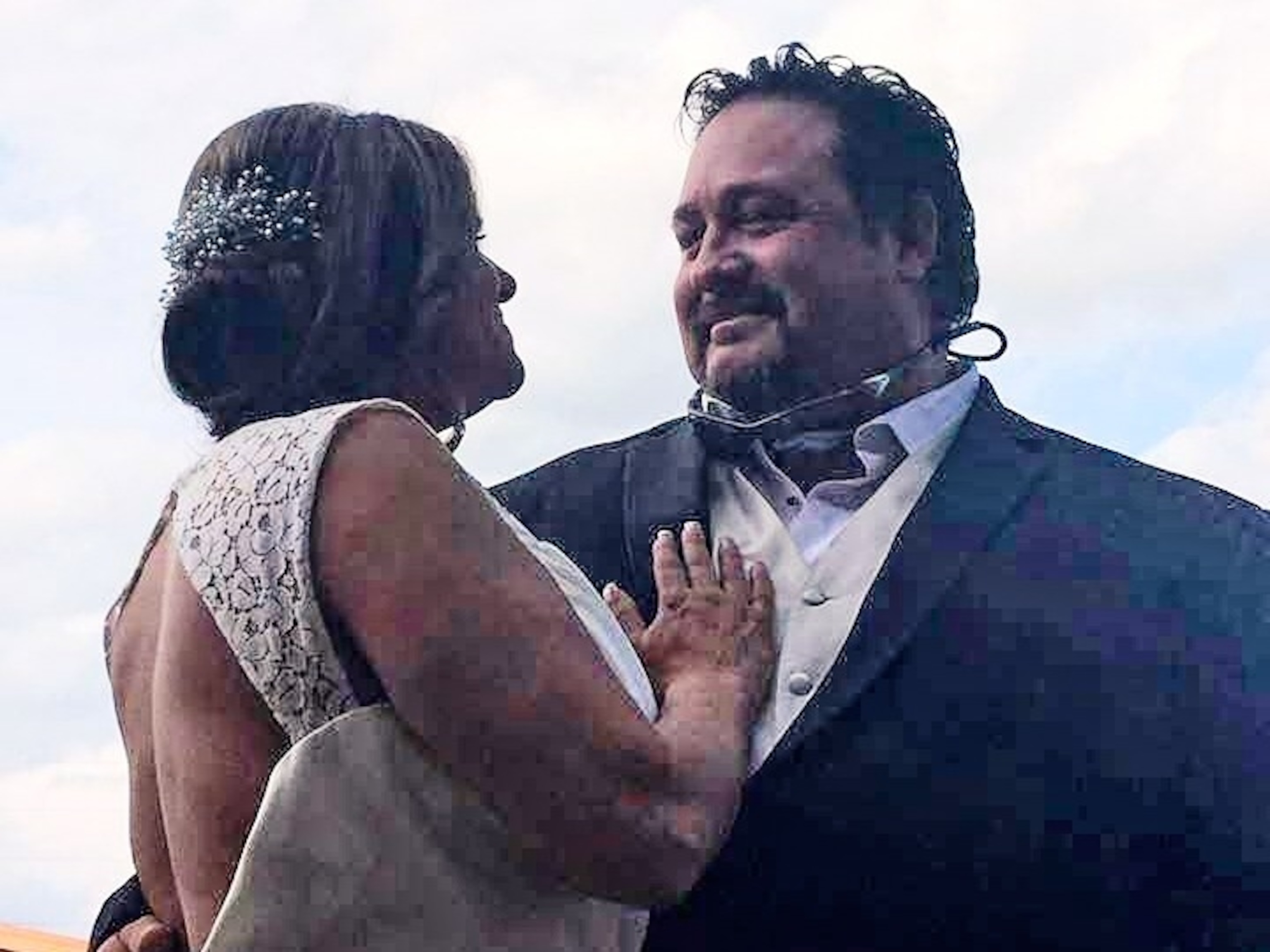

The 2024 death of an Alabama man whose neck was kneeled upon by a police officer has been ruled a homicide, according to an autopsy report.
Phillip Reeder, 53, died of restraint during an altercation and hypertensive heart disease associated with cocaine use, the Jefferson County Coroner Medical Examiner's Office report said.
He suffered abrasions on the head, torso and extremities; contusions and abrasions on the wrist compatible with handcuffs; and brush burn abrasions of the head and knees, the report noted.
Reeder was detained by Irondale Police Department officers on Highway 78 on Aug. 4, 2024. To "control" Reeder, police "utilized a controlled electrical weapon and restrained him," according to the autopsy report.

Reeder had been reportedly running in the road and Irondale Police were called on a mentally disturbed person. Police fire at him with a stun gun and then restrained him before he became unresponsive, according to the report.
When police encountered Reeder, he was "combative," the report said. The stun gun was not fully effective and police had to physically restrain him in order to put him in handcuffs, the report said.
While he was restrained, Reeder became unresponsive and Irondale Fire and Rescue responded to the scene, according to the report. Reeder was then taken to an emergency department, but despite efforts to resuscitate him, he was pronounced dead, the report noted.
There were injuries on Reeder's body from the struggle with first responders and the subsequent resuscitative efforts, the autopsy report said.
"Although likely painful, the blunt force injuries alone would not account for Mr. Reeder's death. The injuries would have caused catecholamine release which would have been further exacerbated by the exertion from restraint," the autopsy said.
"Given his heart disease, he would be more at risk for developing a dysrhythmia (a kind of heart attack) and the likelihood of a dysrhythmia is increased when a stimulant drug, such as cocaine, is in the blood. The combination of his heart disease, cocaine, injuries and exertion from the altercation are the best explanation for Mr. Reeder's death," the report said.

Reeder's "simple mental health crisis led to police killing this unarmed grandfather" who owned a construction company and was "unarmed in the midst of a mental health crisis" in a suburb outside of Birmingham, his family said in a statement to ABC News.
"Instead of medical personnel, IPD officers responded to the scene and tased the unarmed Reeder without making any attempt to deescalate the situation," Reeder's family said.
"Officers restrained the bloodied Reeder with one officer putting his knee on Reeder’s neck while Reeder repeatedly called out that he couldn’t breathe. When the officer finally removed his knee from Reeder’s neck, the 53-year-old was unresponsive," the family said.
Harry Daniels, an attorney for Reeder's wife, said that members of the family saw a video of the arrest that has not been released publicly and said Reeder told officers he could not breathe. Daniels compared Reeder's killing to George Floyd's death. That incident, which was ruled a homicide, sparked widespread backlash after a video went viral of then-Minneapolis police officer Derek Chauvin kneeling on Floyd’s neck for nine minutes and 29 seconds on May 25, 2020.
ABC News has not independently viewed the video to verify the family's account.
"This was a act against humanity, what happened on that day," Daniels said of Reeder's death at a press conference. "He begged and pleaded for his life."
"For three minutes, a knee was on the back of his head," Daniels said. "When they rolled him over he had no pulse."
The City of Irondale and the Irondale Police Department do not agree with the characterization of events by Ms. Sandra Reeder regarding the death of Phillip Reeder.
Officers did hold Mr. Reeder to the ground using their arms only. No knee was placed in the back of his neck, and no excessive force was used. Mr. Reeder stopped resisting, and the officers realized that he had stopped breathing. They immediately turned him over, checked for a pulse and began CPR until the paramedics arrived.
